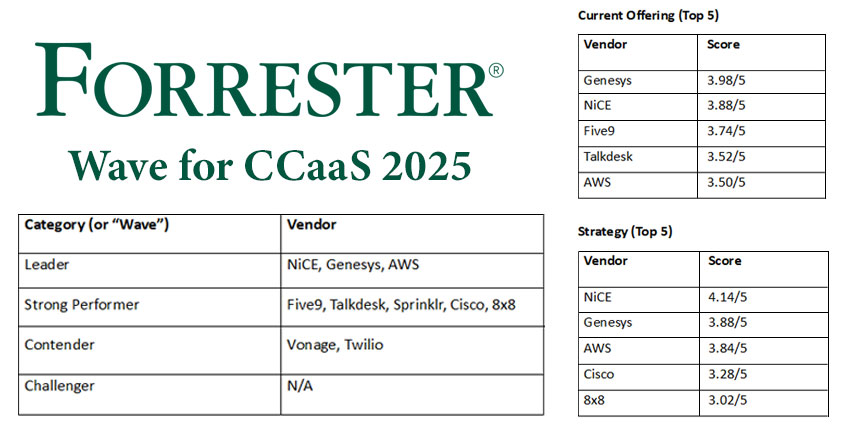COVID-19 has pushed contact centres into evolving, resulting in many businesses to jump forward by a minimum of five years. While this is remarkable in itself, it can often mean many companies’ contact centres are simply not prepared for such a big jump, despite customer experience and quality remaining the most important factors on which organisations compete in this new world.
Customers and organisations have seen the recognition of the role of the contact centre plays. Up to 88& of companies are now in the process of prioritising customer experience in their contact centres. But what happens when customer experience expectations simply do not meet the reality of what firms are able to offer?
Introducing the CX Disconnect
Here’s a familiar scenario; a customer needs to make contact with their bank, so they try one of their omnichannels advertised on the business’s website as offering a ‘faster response’. The customer’s query cannot be picked up on livechat after waiting for an agent to become free. The customer, by now already unimpressed, is told to call the bank but is met with an automated service. The customer is asked to tell the chatbot what the call is regarding but the bot fails to direct the enquiry. After finally getting put through to an agent, the customer’s experience is already below standard. The agent who does get to speak to the customer gets the brunt of their anger, making them just as cross. Even so when they attempt to book the appointment for the customer but cannot, perhaps due to the COVID-19 crisis, and the customer is told to call back again next week. To put it bluntly, it’s enough to make the bank lose that customer’s business.
Examining Management Hierarchies
This can be a common problem, but one that is easily resolved through collaboration. Different departments within organisations can pull together to tackle these issues. Traditional management hierarchies have been key to running businesses for decades and as a result, are an effective and efficient tool for running day to day operations. But in today’s business environment the ability to adapt to change with speed and agility is critical for future survival. This can only be done through breaking down hierarchical barriers and having open discussions between contact centre management and agents and business leaders.
Embrace Change and Drive Out Complacency
Building an urgency around an exciting opportunity not only drives out complacency but also creates a strong competitive advantage. This change encourages agents to begin work every day determined to find more ways to grasp the big opportunity.
In presenting CX as that major opportunity and creating a network of people dedicated to its development could be the key in fully embedding the power of customer experience into an organisation. This system will certainly give a voice to many people who might not normally be heard as well as a chance to think outside their daily activity and to prove that they can be instrumental in driving performance. One approach in achieving this is via positive change. This could be done through gathering an operating system devoted to customer experience design and another to the implementation of its strategy.






